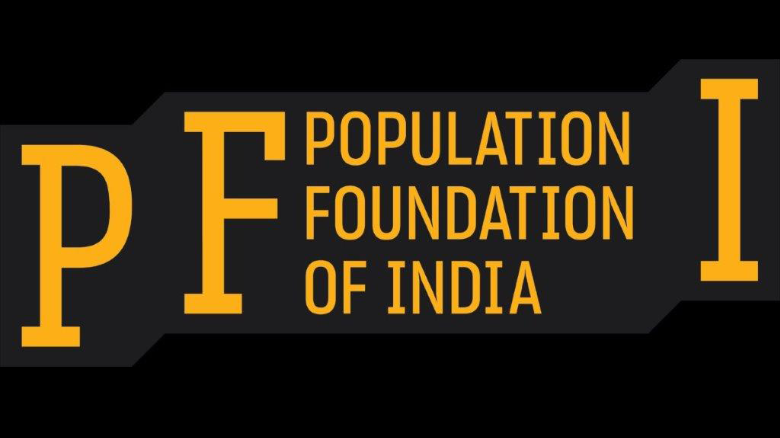
The Chinese State Council Information Office released key findings from the seventh National Population Census on Tuesday, 11 May 2021. According to the Census, the population of mainland China is reported to be 1.41 billion, an increase from the previous 1.34 billion in 2010. The country’s sex ratio is moving towards a more balanced ratio, with the male population constituting 51.24 percent (723.34 million) of the total population against 48.76 percent (688.44 million), as per the new census data. The male-female ratio stands at 105, a slight drop from 2010. The sex ratio at birth is 111.3, falling 6.8 points from the previous Census.
There is a demographic shift towards a broader base of the elderly population, with 18% of the population over 60 years of age, up 5.44 percentage points since 2010. China should be concerned about the declining trend in the proportion of people in the age group of 15-59, which has declined from 22.9 percent in 2000, to 16.6 percent in 2010, and 9.8 percent in 2020.
The declining population size of China could be attributed to its stringent enforcement of the one-child policy which the nation eventually aborted, finding itself in the midst of a population crisis. China’s total fertility rate fell below replacement level in the 1990s after declining dramatically from the 1970s. This was mainly a consequence of the national population policy, which aimed had been to limit birth numbers, control population growth, and strengthen the economy.
While in the short term, the fall in the fertility rate lowered the youth dependency ratio and increased the working-age share of the total population, China has largely exhausted its demographic advantage. Furthermore, like India, son preference is prevalent in China, and in the past, the stringent one-child policy led to increased sex-selective abortions and concomitantly increased the risk to women’s health.
India’s population is certainly young compared to China and bodes well for the future. Demographers call this advantage ‘demographic dividend’, which means the share of the working-age population has risen, implying a fall in dependency ratio. We must learn from China’s experiences and the proven inefficacy of coercive population policies. Instead, India should invest in quality education particularly for girls, different skills-building initiatives, and identifying employment pathways. Women’s empowerment and a greater gender-equitable environment will assist girls and young women to complete their education, delay marriage, and pregnancy, and enter the labour force. Stepping up investments in health, nutrition, and social conditions will naturally result in fertility decline and help India achieve its development goals.
For more information, please contact: Priyasha Banerjie priyasha.banerjie@populationfoundation.in
